
How to Get Approved to Sell Toys on Amazon
The sales momentum for toys on Amazon remains strong, and many Amazon sellers choose children's toys as a category for overseas sales. However, since countries have always placed high importance on children's safety and health, the standards for toy safety testing are particularly stringent. Therefore, Amazon sellers must pay special attention to compliance requirements when designing and selling children's toys. Below is an introduction to the compliance requirements and applicable standards for children's toys in the U.S., Europe, and Japan.
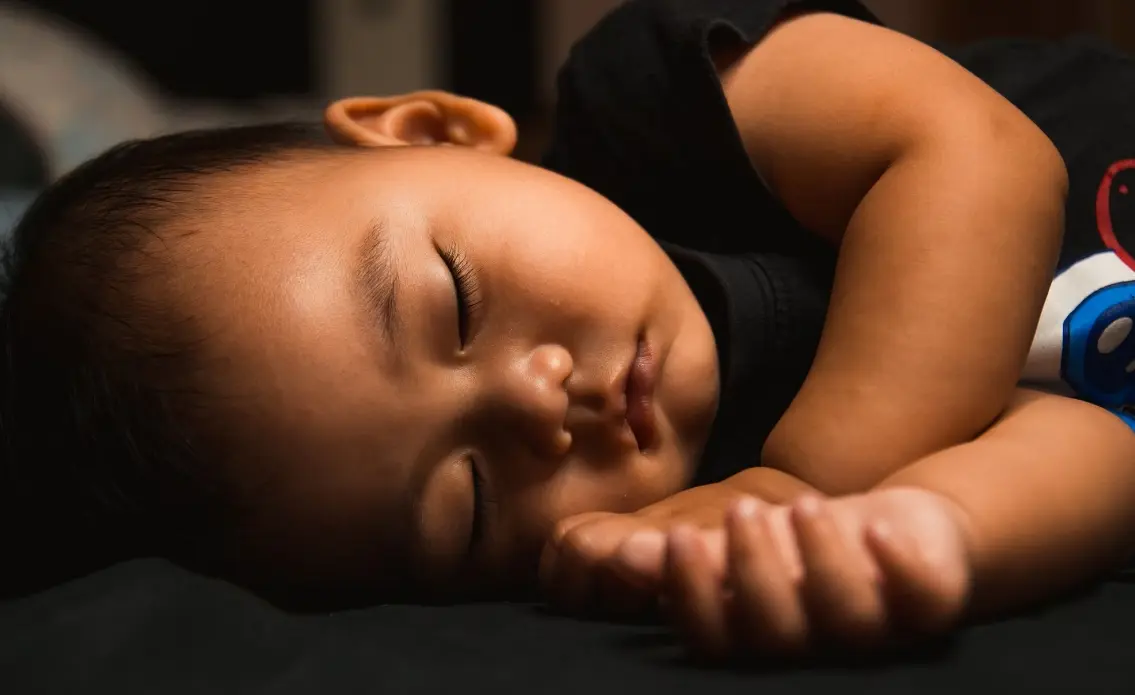
In the United States:
All Toys Intended for Children Aged 12 and Under Must Comply with Federal Children's Product Safety Standards
The Consumer Product Safety Commission (CPSC) regulates children's products in the U.S. All children's products sold in the U.S. must be tested by a CPSC-accepted third-party laboratory and must have a Children's Product Certificate (CPC) to prove compliance.
Key points about CPC:
- The CPC is a self-declaration based on third-party laboratory test results.
- The CPC must be issued by a U.S.-based manufacturer or importer, not by the third-party lab itself or non-U.S. sellers.
- If the product is made by a non-U.S. factory, a U.S. importer must issue the CPC.
A complete CPC must include:
- Detailed product description.
- Applicable safety standards and regulations.
- Information about the manufacturer or importer.
- Contact information.
- Production date and address.
- Testing time and location.
- Laboratory details.
In Europe:
All Toys Intended for Children Aged 14 and Under Must Comply with the Toy Safety Directive
The Toy Safety Directive specifies rules for supplying and selling toys in the EU. Non-European Economic Area sellers must prepare two main documents to demonstrate compliance:
- Declaration of Conformity (DoC): issued by the manufacturer itself.
- Technical Documentation: such as test reports or product certifications, which can be issued by a third-party lab or self-verified by the manufacturer.
Key contents of the DoC include:
- Detailed product information (description, model, images, etc.).
- A list of applicable EU directives and harmonized standards. For example:
- Directive 2009/48/EU: Toy Safety Directive
- EN 71-1: Mechanical and physical properties
- EN 71-2: Flammability
- EN 71-4: Experimental sets for chemistry and related activities
- EN 62115: Electric toys safety
- Other applicable EN/ISO/BS standards
- Date of DoC issuance.
- Signature and title of the issuer (such as a factory manager or quality manager).
Special Note:
For toys potentially hazardous to children under 36 months, the packaging must display the warning:
"Not suitable for children under 36 months" or "Not suitable for children under three years,"
and include an appropriate pictogram.
In Japan:
The Japan Toy Association (JTA) Has Established a Voluntary Toy Safety System
The Japan Toy Association (JTA) created a voluntary safety control system for toys. Products certified as meeting JTA standards can carry the ST (Safe Toy) Mark. This mark is voluntary and not legally required.
The Toy Safety Standard (ST) evaluates three aspects:
- Physical properties: How the toy’s design and shape prevent injuries.
- Flammability: Particularly for textile-based toys like tents and plush toys.
- Composition: Ensuring no harmful substances or heavy metals are present.
Amazon sellers should carefully study the different compliance requirements and applicable standards for children's toys across countries. Preparing the necessary safety certifications in advance not only ensures smooth overseas sales but also increases buyers' trust in the products.
Email:hello@jjrlab.com
Write your message here and send it to us
 How to Obtain a Cosmetic Product Safety Report
How to Obtain a Cosmetic Product Safety Report
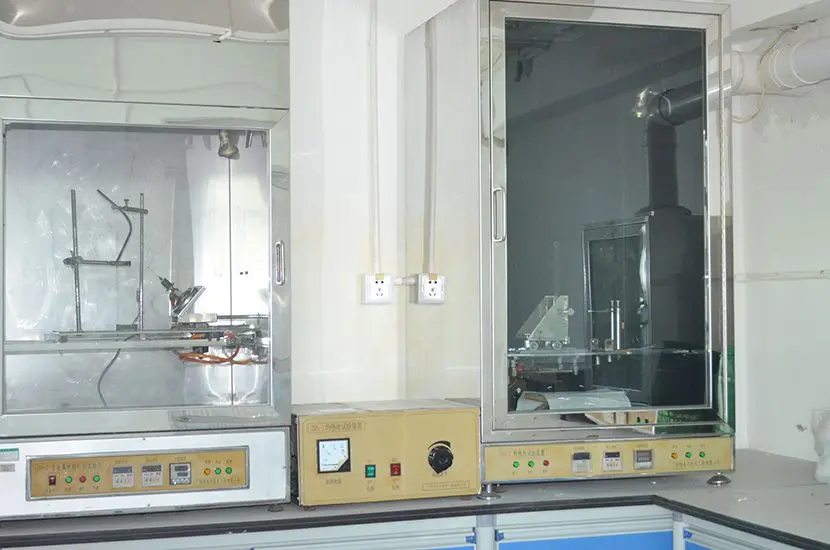 US and EU Cosmetics Compliance
US and EU Cosmetics Compliance
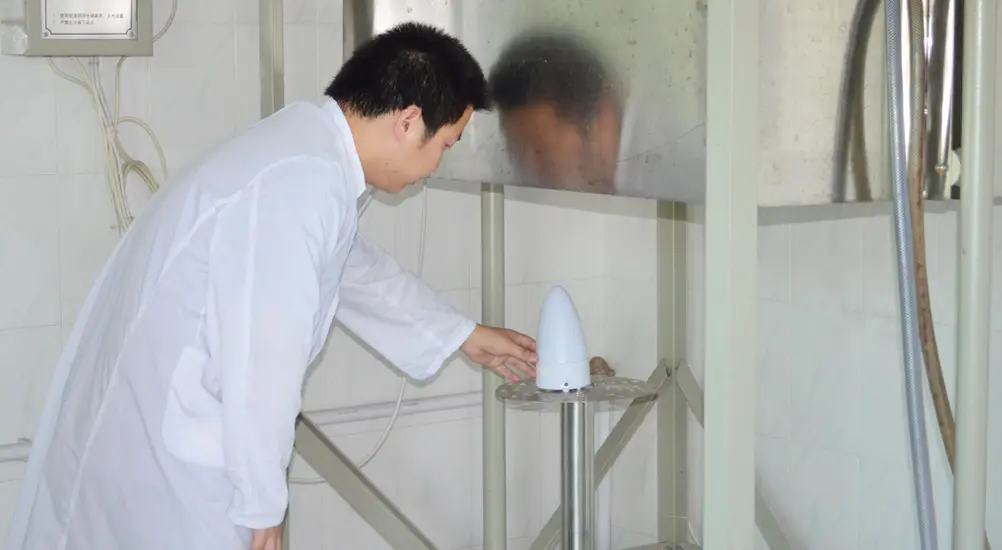 How to Obtain SDS Sheets Certification
How to Obtain SDS Sheets Certification
 Personal Care Products MSDS
Personal Care Products MSDS
 Approval for UL 1727 Introduction
Approval for UL 1727 Introduction
 Candle Label Requirements United States
Candle Label Requirements United States
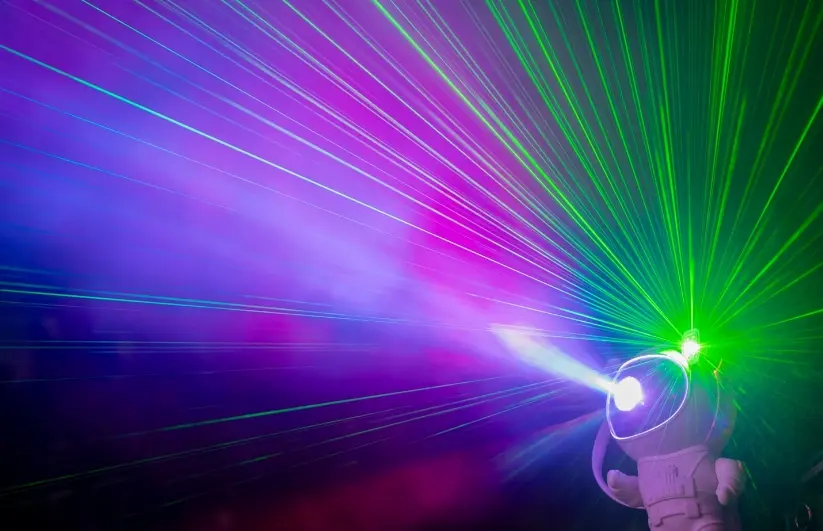 Laser Product Qualification Consultants
Laser Product Qualification Consultants
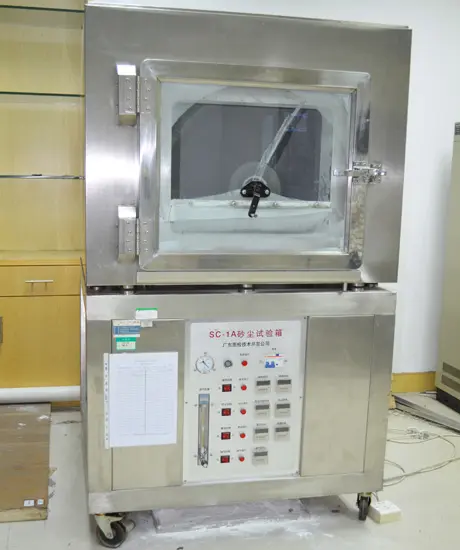 UL 268 Smoke Detector
UL 268 Smoke Detector
Leave us a message
24-hour online customer service at any time to respond, so that you worry!




